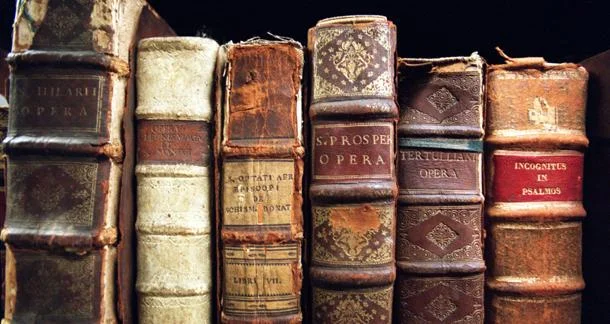Society of Fellows in Critical Bibliography
I am a fortunate and proud member of the Andrew W. Mellon Society of Fellows in Critical Bibliography a program of the Rare Book School. The education I have gained through my connection to other SoCFB fellows and RBS is crucial to my second book project, which examines the development and cultural significance of the post-World War II black magazine industry.
In 2018, I was selected as a SoFCB Junior Fellow based on my push for an expansive definition of the “rare” in “rare books” — a definition that includes items like the mid-twentieth century, mass produced, popular magazines central to my research. The materiality of these items is becoming lost to us for multiple reasons. For one, consumers detected little value in them beyond immediate entertainment, and thus threw them away or did not care for them in manners that fostered their preservation. Due to space limitations and efforts to increase access, libraries have also jettisoned printed magazines in favor of digitized versions. Finally, publishers themselves destroy their magazines for the process of digitization. This presents a real problem for me as a cultural historian interested in the business behind and everyday significance of these publications. Because I need to lay my hands on the actual “stuff” of history to trace the business decisions behind these magazines’ production and the technologies necessary to create them, as well as how consumers actually encountered and experienced them. It is an entirely different experience, for example, to flip through a magazine that is 13 ¼ by 10 ¼ inches, like the Johnson Publishing Company’s Ebony, than to handle one that is 6 by 4 inches, like JPC’s Hue.
Through this fellowship, I have taken two RBS courses, which are weeklong immersion experiences “for students from all disciplines and skill levels to study the history of written, printed, and digital materials” with RBS faculty, all of whom are “leading scholars and professionals in the field.”(Source: https://rarebookschool.org.)
In June 2018, I completed The Identification of Photographic Print Processes with Alice Carver-Kubik, a Research Scientist at the Image Permanence Institute. This course equipped me with information and methods useful for dating and determining production processes and costs of mid-twentieth century black magazines, many of which were short-lived and left behind little to no historical record.
In June 2019, I traveled back to RBS at the University of Virginia in Charlottesville, VA for my second course: Analytical Bibliography taught by Stephen Tabor, Curator of Rare Books at the Huntington Library. More than a few people questioned the relevance of this course, which examines the printing processes and products of the hand-press period (mid-fifteenth century through the mid-eighteenth century), to my twentieth century research. In fact, the fundamentals of the printing process have undergone remarkably little change and I gained invaluable insight into practical aspects that might dictate different production and business decisions that come to bear on the printed product.
In July 2021, I was honored to be the keynote speaker for the 2021 annual meeting of the Society for the History of Authorship, Publishing, and Reading (SHARP). I took advantage of that opportunity to combine my current research interests as a book and civil rights historian with my concerns about and experience of the post-George Floyd murder and January 6th insurrection world, delivering a paper title: “Mobilizing Texts and the Fight for Black Liberty Life.”
In 2021, I also wrote an exploratory essay about how, in the 1950s, Jet magazine, Johnson Publishing’s pocket-sized news digest, shaped the format and content of Black magazines in manners that flooded the visual landscape with images of Black women as sexual objects — a trend that characterized commercial Black magazine publishing for the remainder of the twentieth century. This essay is forthcoming in a University of Chicago Press edited volume.




